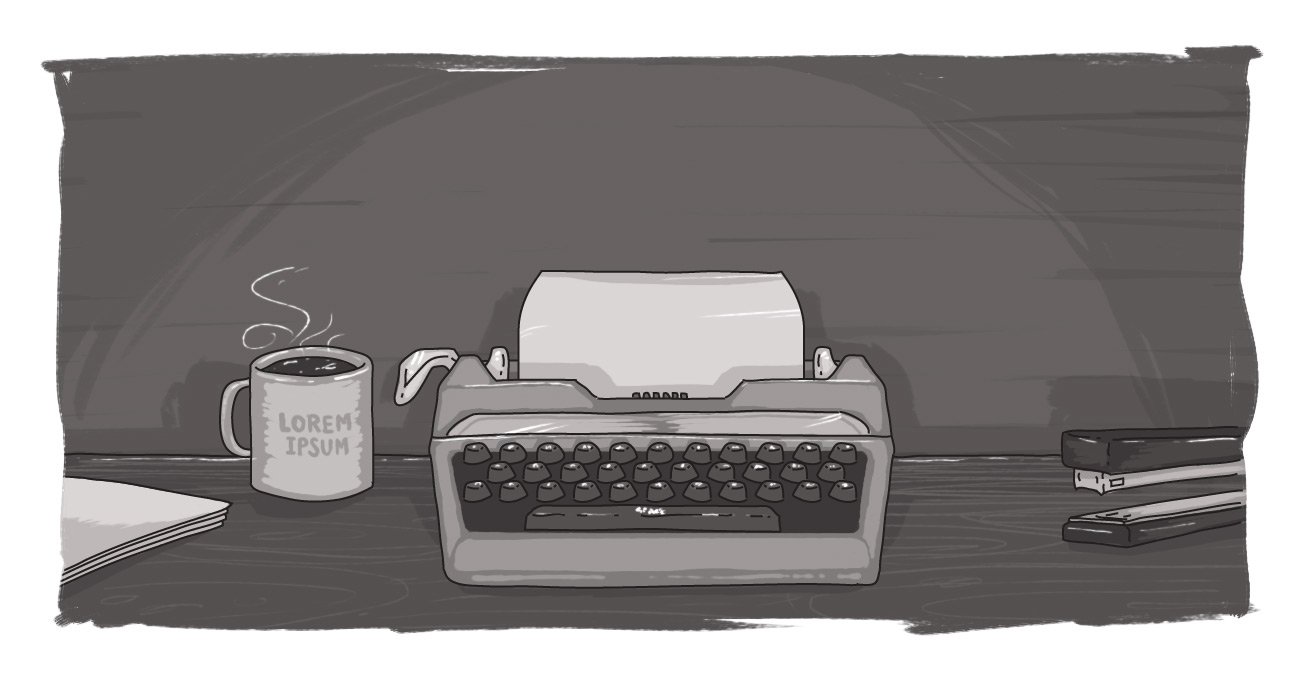Focus On Quality and Your Customers Will Make Time for Your Content

How can you cut through the clutter and capture your customer's curiosity when time, clearly, isn't on your side?
I'm not going to get into debates about how many seconds you have. I'm going to say that content matters -- because capturing their attention isn't enough. You have to learn how to hold that attention.
A couple of recent events and projects got me thinking about this topic. Limited by space or time, the content had to work to convey a significant message in a limited frame of reference. Some content was effective, some had promise, and some missed the point -- wasting an opportunity they'll never get back.
Whether you're dealing with a webpage, an e-mail, a blog post, a presentation, or even print/TV/radio content, here are some common-sense tips to creating compelling content
It All Starts with a Headline
This is your entry point. The few words you have that must say both, "This is what I'm talking about" and "You really want to learn more about this."
You don't want to be boring, but you also don't want to be too clever for your own good. Don't make your reader think too much about your pop-culture reference or your oh-so-clever play on words -- and that doesn't mean you're disrespecting their intelligence; it means you're respecting their time.
And there's a line between clickbait and capturing one's interest. It's not a fine one, either. It's pretty darn clear. Nothing you write should start with a variation of, "And you won't believe what happened next!"
There's no magic formula. It just comes down to practice, repetition, and testing.
Get ahead of the trend
We're reaching critical mass on "list" articles. You know, those "10 ways to make X happen." We're at the tipping point of self-parody and it's time to move on to the next great thing.
And that's essentially looking to our past to see the future.
What those top-10 lists do is provide easily digestible content reference points for readers. You may have 2,000 words, but if it's broken up in to easily scannable bits, it's makes it easier for people to read.
Think of Old English. Texts were written, with little to no punctuation, sometimes with the words running together. Reading Beowulf in this form is almost unintelligible. But as we've evolved linguistically, we've developed spacing, punctuation, and layouts that make it easier to not only understand the content, but to infer the meaning or inflection.
Spacing out your content, adding subheads, bullet lists, or graphics, is an extension of that -- allowing you to convey a tremendous amount of information in a cursory glance.
Think of you page as a table of contents -- you should know what you're going to get in each content chunk. And there's no countdown needed.
Don't Make It About You (aka No one cares about your corporate history and partnerships, so don't lead with it!)
I've worked in places that wanted press releases to start -- START -- with lines like:
"Company Q, a subsidiary of Tuktoyaktuk-based Acme Industries, a leading provider of next-generation widgets that was established in 1973, was pleased to announce at its 2015 annual general meeting, located in Timbuktu, Mali that its proprietary product UltraUseful will now be shipping to retail outlets across North America and Europe."
It happens more than you think. And it's horribly dull.
Your customers don't care about that stuff. If they do, they'll wait until they get down to the Boilerplate to read it.
What they care about is the What's In it For Me? And that's what should be first-and-foremost in all your copy.
Lead with something that matters to the reader. Give them a reason to care and continue to deliver throughout the copy. At the end, finish up with the corporate mumbo-jumbo and the contact information because by now -- if your content has been compelling enough to get them there -- they're invested in your story.
Break it the "F" Up
The F-pattern of reading still is prominent, so make sure you take advantage of it to highlight your key messages.
Essentially, people read across the top (your title and lead) and then scan down the left-hand column. That's where those subheads, lists, graphics, and bullets come in handy.
When you finish a piece of content -- regardless of the medium -- take a moment to scan it in an F pattern. Does it work? Do your eyes follow the pattern? And, if that's all they do, do you get an idea of what the content's about?
TL/DR Only Applies if Your Copy Sucks
Nobody's ever put down a great novel and said, "I really loved it, but I would have enjoyed it more if it was only a page of bullets."
TL/DR (too long/didn't read) only applies if your content feels long. If it's compelling and interesting, length doesn't matter. If it's dry, dull, and painful, then it'll never be short enough.
Now, that doesn't mean everything you do should be a novel, but if there's a compelling story that's being told, don't cut it off, simply due to some arbitrary character count.
Shorter is better, yes. But longer can be great if the content keeps delivering.
And now it's over to you. What are your thoughts on creating compelling content that your customers are willing to make time for?
How short should I write my content?
How long is too long?
How do I write a headline?
SUBSCRIBE TO OUR E-NEWSLETTER
 Subscribe
Subscribe


